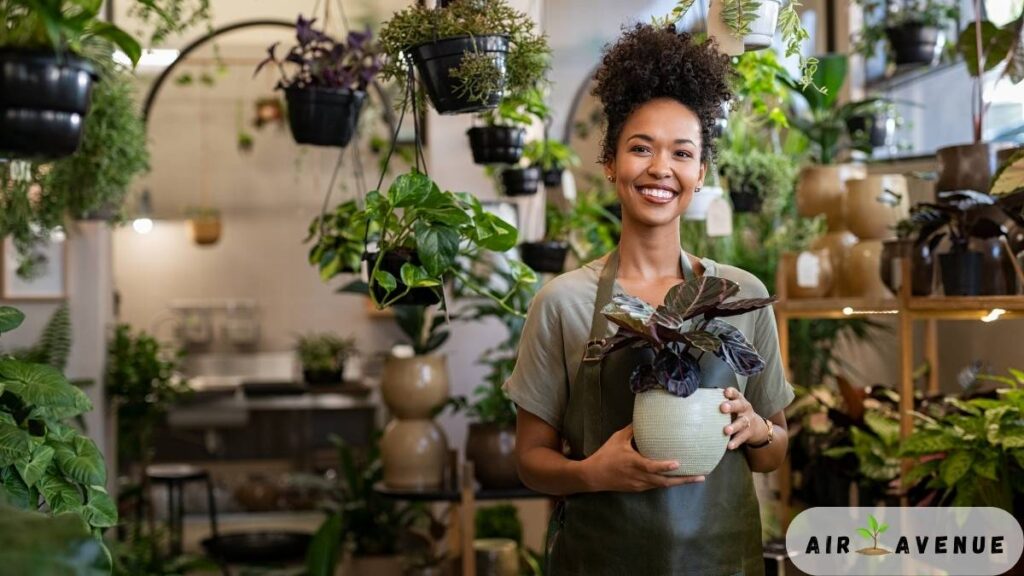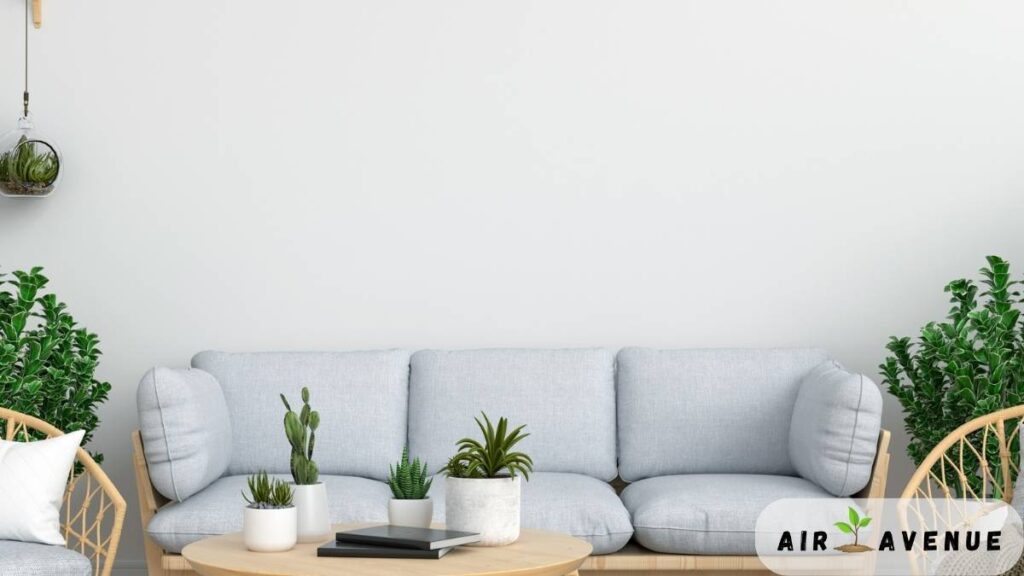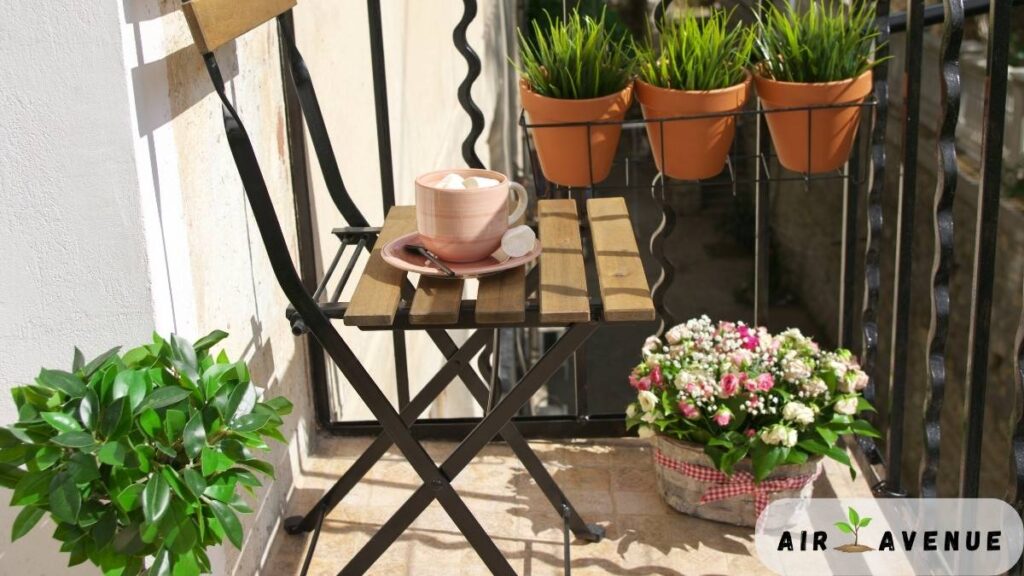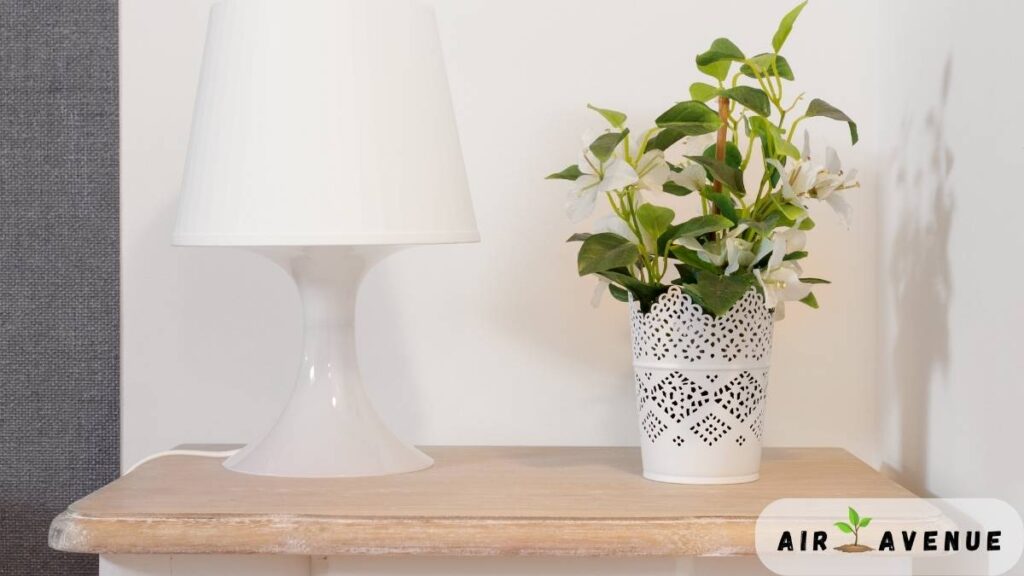1. Introduction
In the bustling world of urban living, space is a luxury. As apartments get smaller, the challenge of creating a comfortable, inviting, and aesthetically pleasing living space becomes greater. But no matter how compact your living quarters might be, there’s always room for a touch of green. Enter air plants, the versatile, low-maintenance, and space-friendly solution to bringing a Air Plants into your small apartment.
Air plants, scientifically known as Tillandsia, are a unique type of plant that doesn’t require soil to grow. They absorb water and nutrients through their leaves, making them incredibly adaptable and perfect for small spaces. With their diverse shapes, sizes, and colors, air plants offer endless possibilities for creating green spaces in your apartment, no matter how limited your square footage might be.
In this comprehensive guide, we’ll explore why air plants are the ideal choice for small apartments. We’ll delve into the fascinating world of these soil-less wonders, understand their needs, and learn how to choose the right air plants for your space. We’ll also share creative ideas for displaying air plants, turning your compact living space into a lush, green oasis.
But we won’t stop there. We’ll also provide practical advice on how to care for your air plants in an apartment setting, ensuring they thrive and continue to brighten up your space. Finally, we’ll wrap up with some parting thoughts on the benefits of greening your apartment with air plants.
Whether you’re a seasoned plant parent looking for space-saving plant ideas, or you’re new to the world of indoor gardening, this guide is for you. So, let’s embark on this journey of transforming your small apartment with the magic of air plants. Trust us, by the end of this guide, you’ll be eager to start your own air plant collection.

2. Understanding Air Plants
Air plants, known scientifically as Tillandsia, belong to the Bromeliaceae family, which includes more than 650 species. Native to the forests, mountains, and deserts of Central and South America, air plants have evolved to survive in a variety of challenging environments. This adaptability makes them an excellent choice for indoor gardening, especially in small apartments.
Unlike most plants, air plants don't need soil to grow. Instead, they absorb water and nutrients through tiny structures called trichomes on their leaves. This unique adaptation allows them to attach themselves to a variety of surfaces, such as tree branches, rocks, or even the sides of buildings. In your apartment, this means you can display air plants in countless creative ways without needing pots or large amounts of space.
Air plants come in a variety of shapes, sizes, and colors, making them a versatile choice for interior decoration. Some species have thin, wiry leaves that form delicate clumps, while others have broad, thick leaves that create a dramatic presence. Many air plants produce vibrant flowers, adding a pop of color to your space.
Despite their exotic appearance, air plants are surprisingly easy to care for. They require a bright location out of direct sunlight and need to be watered about once a week. Some species are more tolerant of dry conditions, while others prefer a more humid environment. Understanding the specific needs of your air plants will ensure they thrive in your apartment.
In the next sections, we'll delve deeper into why air plants are ideal for small apartments, how to choose the right air plants for your space, and creative ways to display them. We'll also provide practical advice on caring for air plants in an apartment setting. Whether you're a seasoned plant parent or new to the world of indoor gardening, this guide will equip you with the knowledge and inspiration you need to transform your small apartment with air plants.
3. Why Air Plants are Ideal for Small Apartments
When it comes to small apartment living, space is at a premium. Every square inch counts, and the last thing you want is for your living space to feel cluttered. This is where air plants come into play. With their soil-less nature and minimal care requirements, air plants are the perfect green solution for compact spaces.
Firstly, air plants don’t require pots or large containers, which makes them incredibly space-efficient. They can be displayed in a variety of creative ways – hung from the ceiling, mounted on a wall, placed on a shelf, or even tucked into a terrarium. This flexibility allows you to incorporate greenery into your apartment without sacrificing valuable floor or counter space.
Secondly, air plants are low-maintenance, making them ideal for busy urban dwellers. They don’t need to be watered frequently – a soak or mist once a week is usually sufficient. Plus, they don’t require fertilizers or pesticides, making them a healthier choice for indoor environments.
Thirdly, air plants are excellent air purifiers. They absorb carbon dioxide and release oxygen during the day, helping to improve the air quality in your apartment. Some studies also suggest that having plants in your living space can reduce stress, improve mood, and increase productivity – perfect for those working from home.
Lastly, air plants are simply beautiful. With their unique forms and vibrant blooms, they add a touch of nature’s artistry to your space. Whether you prefer the delicate elegance of Tillandsia usneoides (Spanish moss), the striking silhouette of Tillandsia xerographica, or the colorful flowers of Tillandsia ionantha, there’s an air plant to suit every aesthetic.
We’ll guide you on how to choose the right air plants for your apartment and share some creative ideas for displaying them. We’ll also provide practical tips on caring for your air plants to ensure they thrive in your space. So, let’s embark on this green journey and transform your small apartment into a lush, air-plant-filled oasis.

4. Choosing the Right Air Plants for Your Apartment
- Light
Air plants need bright, indirect light to thrive. Most apartments don't get enough natural sunlight, especially if they face north or are blocked by other buildings. If your apartment doesn't get a lot of natural light, consider choosing air plant species that can tolerate lower light conditions, such as Tillandsia ionantha or Tillandsia brachycaulos. Alternatively, you can supplement natural light with fluorescent or LED lights.
- Humidity
Air plants originate from humid environments, but they can adapt to a range of humidity levels. If your apartment is dry, especially during the winter months, consider species that are more tolerant of dry conditions, such as Tillandsia xerographica or Tillandsia tectorum. You can also increase humidity by misting your plants regularly or using a humidifier.
- Temperature
Air plants prefer warm temperatures, but they can tolerate a wide range. Most indoor temperatures are suitable for air plants. However, if your apartment gets chilly in the winter, make sure to keep your air plants away from drafty windows or doors.
- Space
Consider the size of the air plant and the space you have available. Some air plants, like Tillandsia xerographica, can grow quite large, while others, like Tillandsia ionantha, remain small. Choose species that will fit comfortably in your space without overcrowding it.
In the next sections, we'll share some creative ideas for displaying air plants in your apartment and provide practical tips on caring for them. Whether you're a seasoned plant parent or new to the world of air plants, this guide will help you create a beautiful, green space in your apartment.
5. Creative Ways to Display Air Plants in Small Spaces

- Hanging Displays
Hanging displays are a great way to showcase your air plants without taking up any floor or counter space. You can hang air plants from the ceiling using fishing line, or create a hanging wall display with a piece of driftwood or a metal grid. Air plants can also be hung in glass terrariums or geometric metal holders for a modern, minimalist look.
- Mounted Displays
Air plants can be mounted on almost any surface, making them perfect for small spaces. You can mount air plants on a piece of driftwood or cork bark for a natural, rustic look, or on a sleek piece of acrylic for a more contemporary aesthetic. Just make sure to use a non-toxic adhesive that won't harm the plant.
- Terrariums
Terrariums are miniature indoor gardens that are perfect for small apartments. You can create a beautiful air plant terrarium with a glass vessel, some decorative stones or sand, and a few air plants. Terrariums not only showcase your air plants, but also create a unique focal point in your space.
- Creative Containers
Air plants can be displayed in a variety of creative containers, from vintage teacups to seashells to wire baskets. The only limit is your imagination! Just make sure the container allows for good air circulation, as air plants need to dry out completely between waterings.
- Desk or Shelf Displays
Even the smallest apartment has room for a desk or shelf display of air plants. You can arrange a few air plants on a tray with some decorative stones, or display them individually on small stands or holders. Desk or shelf displays are a great way to bring a touch of nature into your workspace or living area.
Remember, the key to a successful air plant display is to consider the needs of the plant as well as the aesthetics of your space. With a little creativity, you can create a stunning air plant display that brings a touch of greenery to your small apartment.
6. Caring for Air Plants in an Apartment
While air plants are relatively low-maintenance, they do have some specific care requirements that you should be aware of to ensure they thrive in your apartment. Here are some tips for caring for air plants in an apartment:
- Watering
Air plants absorb water through their leaves, not their roots. To water your air plants, mist them with a spray bottle or soak them in a bowl of water for 20-30 minutes once a week. After watering, shake off any excess water and let them dry completely to prevent rot.
- Light
Air plants need bright, indirect light. If your apartment doesn’t get a lot of natural light, you can supplement with fluorescent or LED lights. Avoid placing your air plants in direct sunlight, as this can cause them to dry out and burn.
- Temperature
Air plants prefer warm temperatures, but they can tolerate a range from 50 to 90 degrees Fahrenheit. Most indoor temperatures are suitable for air plants. However, avoid placing your air plants near drafty windows or doors, or near heating or cooling vents.
- Humidity
Air plants come from humid environments, but they can adapt to a range of humidity levels. If your apartment is dry, especially in the winter, you can increase humidity by misting your plants more frequently or using a humidifier.
- Fertilizing
While not necessary, fertilizing your air plants once a month can help them grow and bloom. Use a water-soluble fertilizer designed for air plants or bromeliads, and dilute it to one-quarter strength.
- Air Circulation
Good air circulation is important for the health of air plants. Avoid placing your air plants in enclosed containers or areas with poor air circulation. If your apartment is stuffy, consider using a fan to improve air circulation.
Remember, every air plant is unique and may have slightly different care requirements. Pay attention to the health of your plants and adjust your care routine as needed. With the right care, your air plants can thrive in your apartment and provide you with years of enjoyment.
7. Conclusion: The Greening Your Apartment with Air Plants
In the world of indoor gardening, air plants are a game-changer, especially for those living in small apartments. With their unique ability to grow without soil, their versatility in display options, and their minimal care requirements, air plants offer an accessible and space-friendly way to bring nature indoors.
Choosing to incorporate air plants into your apartment decor is not just about aesthetics. It’s also about embracing the benefits of indoor plants – from air purification to stress reduction to the simple joy of nurturing a living thing. And with air plants, you can enjoy these benefits without the need for a lot of space or gardening expertise.
In this guide, we’ve explored the world of air plants, from understanding their unique characteristics to choosing the right species for your apartment. We’ve shared creative ideas for displaying air plants in small spaces and provided practical tips for their care. We hope this guide has inspired you to start your own air plant collection and transform your small apartment into a green oasis.
Remember, the journey with air plants is one of exploration and learning. Each air plant is unique, and part of the joy of growing them is getting to know their individual needs and watching them thrive under your care. So, embrace the journey, and welcome to the wonderful world of air plants!

References
The information in this guide is based on a combination of personal experience, expert advice, and scientific research. Here are some of the key resources we used in creating this guide:
- “Air Plants: How to Care for Tillandsia.” The Old Farmer’s Almanac. Link
- “Tillandsia Care: A Guide to Growing Air Plants.” Gardeners’ World. Link
- “Air Plants in the Home: Caring for Indoor Tillandsia.” BBC Gardeners’ World Magazine. Link
- “Air Plant Care: How to Care for Tillandsia.” Air Plant Design Studio. Link
- “Air Plants Care Guide.” Balcony Garden Web. Link
- “How to Display Air Plants.” Better Homes & Gardens. Link
- “Air Plants: Learn how to care for air plants and get ideas for incorporating them into your home decor.” The Spruce. Link
We encourage you to explore these resources for more detailed information on air plant care and display ideas. Remember, the best way to learn about air plants is through hands-on experience. So don’t be afraid to get started and learn as you go!